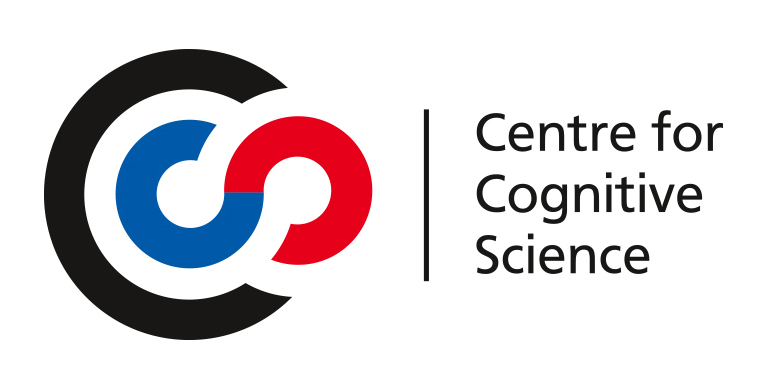Date: Wednesday, 03.05.23 17:00 CET
Location: Building S1|03 Room 223
Abstract:
Applying theoretical cultural evolution frameworks to real-world data in order to understand the underlying mechanism that – potentially – produced them is an interesting inferential challenge. On the one hand, problems may arise due to characteristics of the available data such as its level of aggregation (e.g., population-level or individual-level data), its sparsity, or its spatial and/or temporal resolution. On the other hand, problems may also arise due to misspecifications of the mathematical framework used to analyse the data, i.e., due to the omittance of crucial properties of the cultural system that are able to affect the observed data.
In this talk, we discuss these issues by focusing on one of the main inverse problems in cultural evolution, namely the inference of processes of social learning from population-level frequency data. In the first part, we focus on the coarse distinction between unbiased and biased social learning. We demonstrate that the quality of the data, in particular their completeness, can be of crucial importance. The presence, or absence, of rare variants as well as the spread behaviour of innovations may carry a stronger signature about underlying processes than the dynamic of high-frequency variants and the consistency between empirical data and hypotheses about social learning processes can depend entirely on the completeness of the data set. Further, we show that in a number of circumstances, population-level frequency patterns generated by an unbiased learning (or drift) process may not conform to neutral expectations solely due to unmodelled properties of the cultural system. In more detail, we show that using statistics established in the literature but blind to demographic characteristics of the population such as its age structure may generate misleading inference results.
To address these issues we advocate in the second part the use of the generative inference approach. This approach allows for the inclusion of – potentially complex – demographic and cultural properties of the cultural system and provides a way to simultaneously evaluate the consistency of a number of learning hypotheses (as opposed to `only’ distinguishing between unbiased and biased social learning) with the available data. This approach consists of a generative mathematical model that establishes a causal link between learning processes and observable frequency data that then are evaluated for statistical consistency. Besides identifying the most likely learning process given the data, this framework determines the breadth of processes that could have produced these data equally well, which in turn allows us to quantify the level of equifinality of the inverse problem and to evaluate the limits of inferring social learning processes from population-level data.


